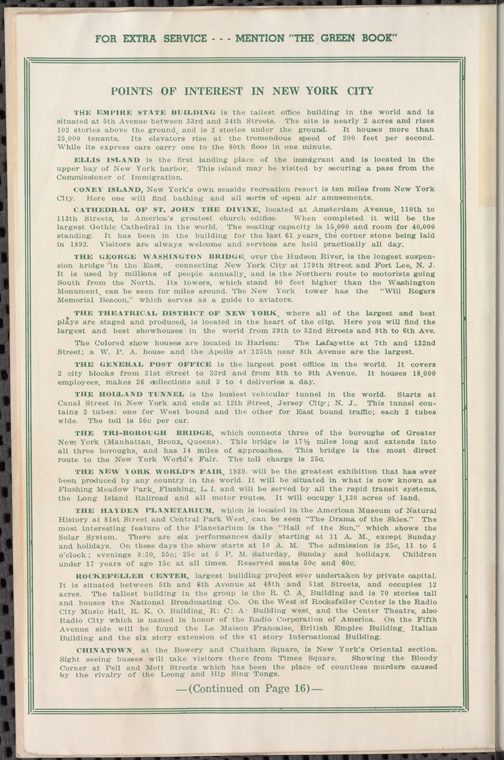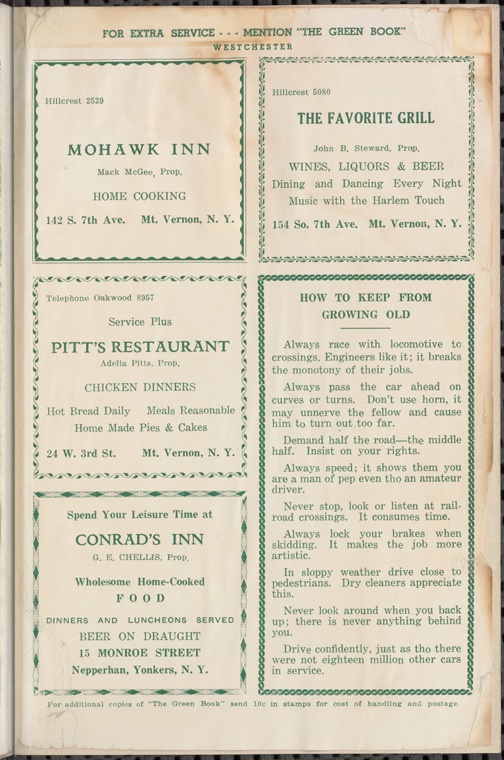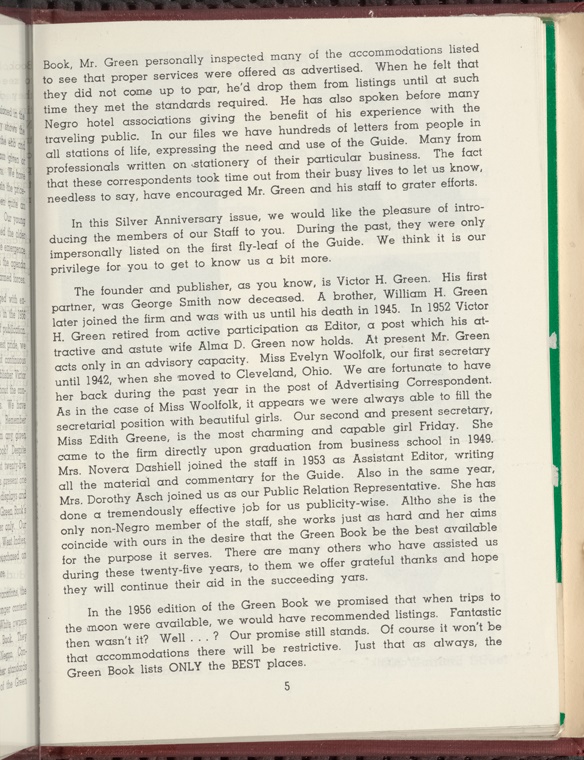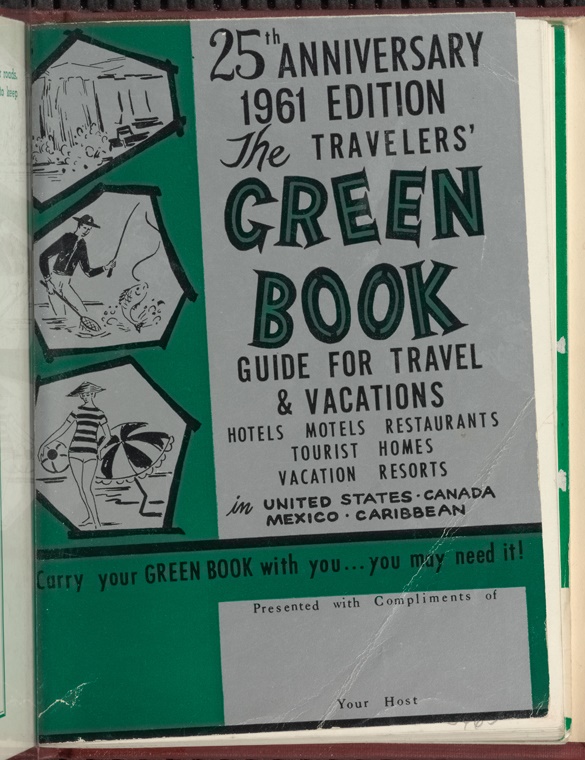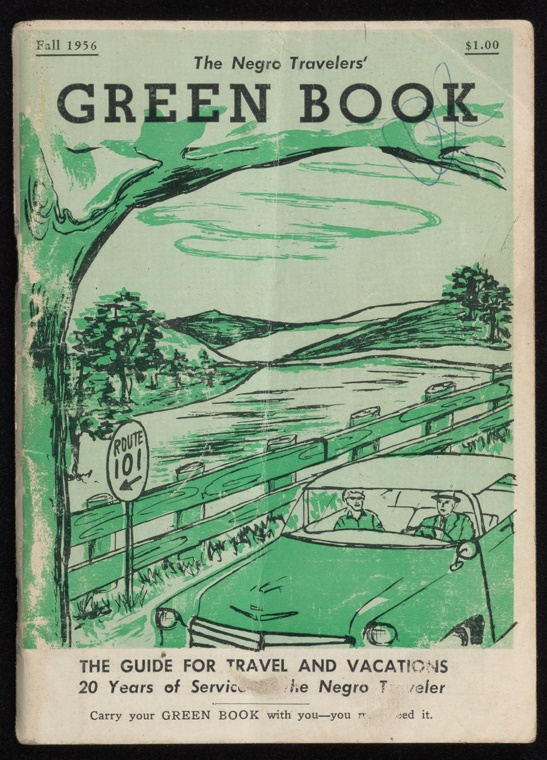
Image by HayeurJF, via Flickr Commons
Though the burials of ancient Egyptian rulers offer at least one notable exception, nearly all the world’s religions have agreed on one thing—if one thing only: you can’t take your stuff with you. You can leave it to the local church, mosque, or synagogue, your heirs, a charity of your choice, your dog; but your material possessions will not go wherever you might when it’s over.
However, should consciousness somehow survive the body, or get uploaded to a new one in some sci-fi future, perhaps you can take with you the experiences, memories, sensations, and ideas you’ve accumulated over a lifetime. And if that’s the case, we should all be greedy for knowledge and experience rather than property and consumer goods. And the “1,000… Before You Die” series of books, might be considered guides to curating your afterlife.
The series has recommended 1,000 places to see, 1,000 foods to eat, and, in 2012, 1,000 recordings to hear before you dent the bucket. Musician and critic Tom Moon, author of 1,000 Recordings to Hear Before You Die, has created a list that ranges far and wide, leaving seemingly no genre, region, or period out: from gangster rap, to opera, to krautrock, to country, to metal, to blues, to Zimbabwean folk, to… well, you name it, it’s probably in there somewhere.
For all the songs, artists, and albums I might have added to my own version of such a list, I was pleasantly surprised to find on Moon’s such indie classics as Bonnie “Prince” Billy’s haunting I See a Darkness, hardcore masterpieces as Bad Brains’ i against i, and seminal electronica as Aphex Twin’s Selected Ambient Works. These less well-known recordings sit next to those of John Coltrane (see A Love Supreme featured above), Marian Anderson, Son House, Patsy Cline, The Beatles, Bach, Brahms, and virtually anyone else you might think of, and dozens more you wouldn’t.
One would have a very hard time making a case that Moon has any particular bias against one form of music or another. (See the complete list here, and browse by genre, title, or artist at the 1,000 Recordings website, where you can read Moon’s commentary on each selection.) When it came to selecting songs or albums from artists with embarrassingly rich catalogs, Moon told NPR that he went with his gut. “I didn’t want to have a standard criteria,” he said, “Within any given artist, you could go 10 different directions.” Agree or disagree with his choices, but marvel at his breadth and inclusiveness.
In the past, it would have taken you a lifetime just to track down all of these recordings, much less find time to listen to all of them. Now, you can hear 793 tracks from Moon’s 1,000 picks in the Spotify playlist above. (Brought to us by Ulysses Classical; download Spotify here if you need it). Spend the rest of your life not only mulling them over, but discovering 1,000s more. Despite the title’s reference to mortality, and my somewhat facetious introduction, Moon really means his “Listener’s Life List,” as he calls it, to be a guide for living—and for becoming immersed in music in a profoundly expansive way. (For this same purpose, I also thoroughly endorse The Guardian’s series “1,000 Albums to Hear Before You Die,” and its reader-sourced addenda. If anyone cares to turn the Guardian list into a Spotify playlist, we’ll feature it here too.)
As Moon summarizes his intent, “the more you love music, the more music you love.”
Related Content:
Download Free Music from 150+ Classical Composers, Courtesy of Musopen.org
Josh Jones is a writer and musician based in Durham, NC. Follow him at @jdmagness




